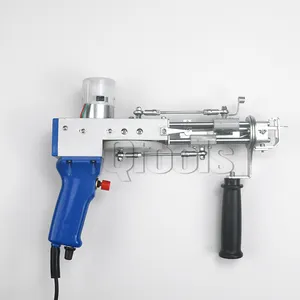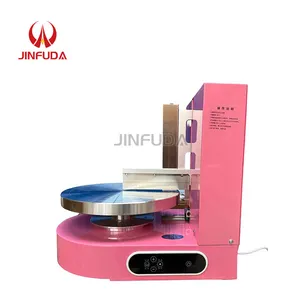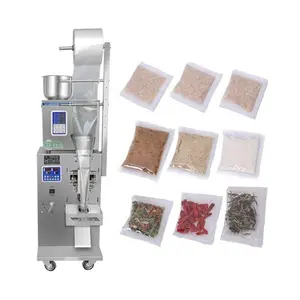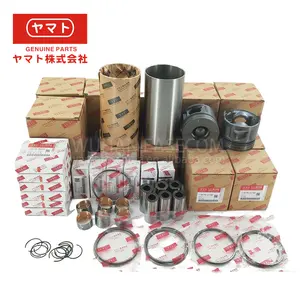Popular in your industry




















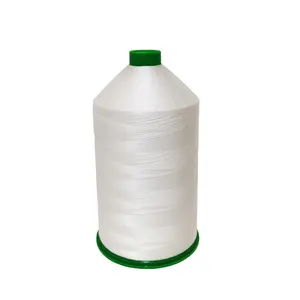









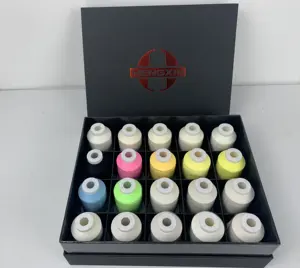







Top categories
About needles and thread aso oke
Exploring the Craft of Needles and Thread Aso Oke
The traditional art of weaving needles and thread aso oke stands as a testament to the rich cultural heritage of textile craftsmanship. This category encompasses the intricate process and materials involved in creating Aso Oke, a hand-woven cloth that hails from the Yoruba people of Nigeria. Each thread and needle contributes to the vibrant patterns and resilient fabric that characterize this traditional attire.
Materials and Techniques in Aso Oke Weaving
The creation of Aso Oke fabric is a meticulous process that involves the use of specialized weaving needles and durable aso oke threads. The materials selected for these threads vary, ranging from cotton to silk, and sometimes incorporating metallic yarns for a shimmering effect. The weaving needles, often tailored for the fabric's thickness, play a crucial role in the interlacing of threads to produce the distinctive, dense patterns.
Types and Variations of Aso Oke Fabric
Aso Oke comes in various types, each with unique features and designs. The classic types include Etu, Sanyan, and Alaari. Modern variations have evolved, integrating contemporary aesthetics while preserving the traditional weaving methods. The textile patterns and color choices are often indicative of the region and the weaver's expertise, with some patterns being exclusive to certain communities or families.
Applications of Aso Oke in Fashion and Culture
Traditionally, Aso Oke fabric is worn during significant events such as weddings, festivals, and coronations. Its versatility has seen it adapted into modern fashion, with designers creating everything from formal attire to casual wear. Beyond clothing, this fabric is also utilized in accessories, home décor, and ceremonial paraphernalia, showcasing its cultural importance and adaptability.
Advantages of Hand-Woven Aso Oke
The hand-woven technique of Aso Oke ensures a level of durability and quality that machine-made fabrics often cannot match. The hand-weaving process also allows for customization, making each piece unique. Moreover, the purchase of these textiles supports the artisans and preserves the weaving traditions for future generations.
Preservation and Sustainability
In an era where fast fashion dominates, the sustainable practices of Aso Oke weaving offer an eco-friendlier alternative. The materials used are often locally sourced, and the production process is less resource-intensive compared to large-scale textile manufacturing. This not only benefits the environment but also bolsters local economies.
Alibaba.com serves as a gateway to explore the vast array of needles and thread aso oke, connecting global buyers with skilled artisans and suppliers. The platform's commitment to cultural diversity and craftsmanship shines through its support of traditional textile categories like Aso Oke.
